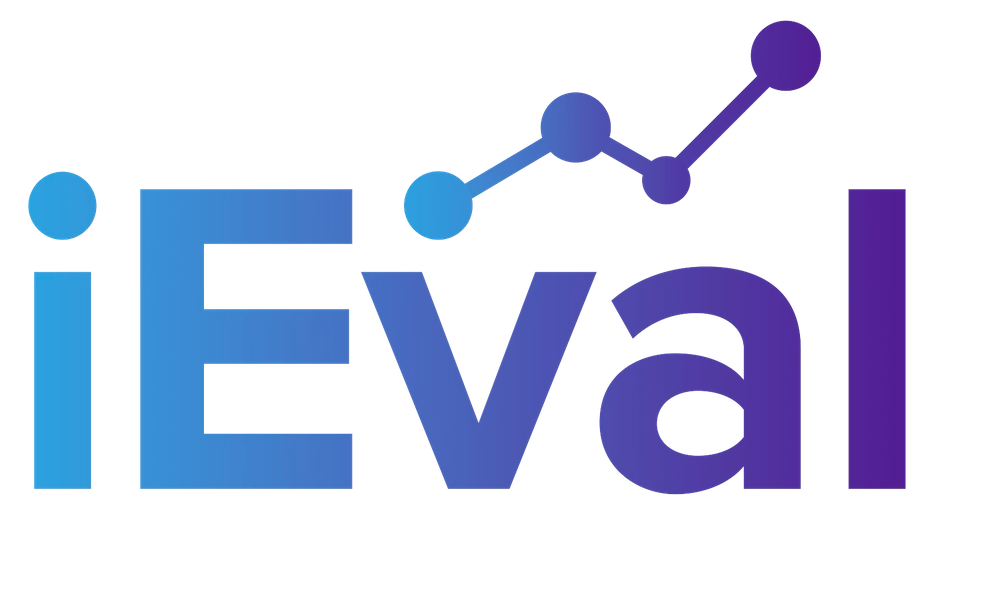We’ve been a bit reflective in our past few posts – about our evaluation work, our teaching practices, and how students learn about evaluation. Continuing along that same theme, a few months ago I mentioned that I was teaching Program Evaluation Theory at Western Michigan University. I approached the class like I would approach a new client, teaching the basic premises necessary to understand, incorporating hands-on activities, and integrating the practical application of new knowledge in the real world. I stressed the importance of involving key stakeholders in the evaluation to improve use, sharing results often so stakeholders think of evaluation as part of the way they typically do business and can make improvements along the way, and having fun while doing it. What I didn’t really think about…and I should have, I’ve taught enough to know this usually happens…is what I would learn in the process of teaching.
There’s an old adage, which I couldn’t find anywhere, that goes something like you learn the most when teaching. Joseph Joubert, a French moralist, said “To teach is to learn twice.” At this point in my career, when I’ve been an evaluator for 15 years, I think this class provided me with an excellent opportunity to reflect on what I have learned, how I apply what I know, and how I share evaluation with others. And, since this is the end of the year, it’s a great time to share those reflections with you!
What I have learned…or, more appropriately, what I have forgotten…is quite a bit! As an evaluator, you get comfortable with a few evaluation approaches and theories. You’re aware of others and (hopefully) read to stay current on what’s going on in the field. However, in teaching about many different evaluators, evaluation theories, and evaluation approaches, specifically guided by Alkin and Christie’s Evaluation Theory Tree, I am re-energized to incorporate some different perspectives and ideas into the work our evaluation team does. While I regularly read evaluation journals and blogs, spending hours discussing other approaches and hearing different perspectives on these approaches got me excited to try some new things!
How I apply what I know is also something I’ll think a little differently about moving forward. I always try to teach a little about evaluation as I work with clients, but hearing the questions students had, understanding what concepts they struggled with, and listening to their A-HAs…these perspectives will really help my team and I as we work to ensure our clients really understand how we are doing what we are doing, why we are doing it, and what impact our work has on their programs and organizations. Some basic concepts, like outputs and outcomes, have many different interpretations, and I need to make sure we are speaking the same language with our clients.
How I share evaluation with others was reinforced through teaching this class. Leonardo da Vinci said, “Simplicity is the ultimate sophistication.” As evaluators, it is not our role to teach the complexities of the statistical analyses used or give the historical perspective on a particular evaluation approach, it is our role to share the evaluation findings in a simple, yet meaningful way so the client can make decisions or improvements based on the findings. When teaching, sometimes I would get lost in the weeds because I felt it was all important…while it may be to me, I need to remember what is most important to the client.
DR. TACKETT’S USEFUL TIP: Never stop learning – you never know when you’ll be able to use some of that new knowledge. Keep the ultimate outcome in mind – for evaluators, that means sharing evaluation findings in a way that enables clients to use those findings in a meaningful way.

